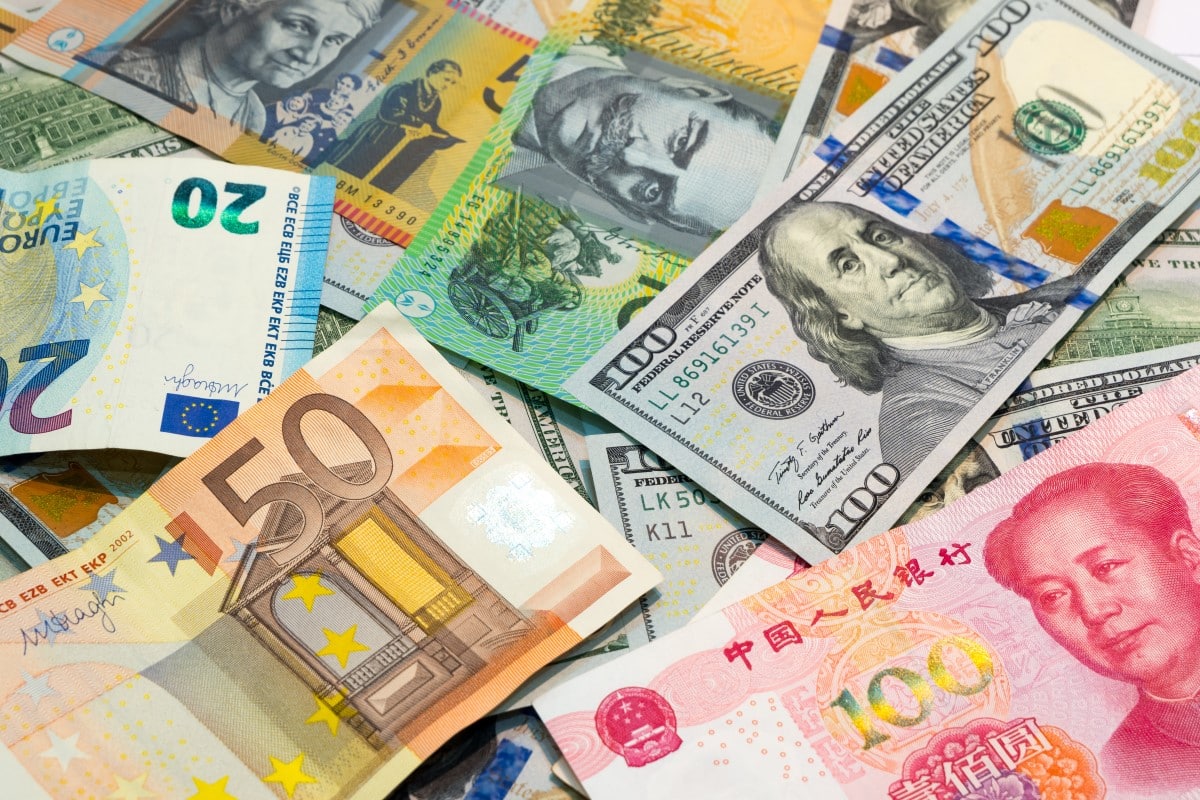Euro And Sterling Hit High While The U.S. Dollar Plunged Low

The euro soared above parity against the greenback on Wednesday, reaching that point for the first time in a month. The single currency skyrocketed as high as $1.0048, hitting the highest level since September 20. It exchanged hands higher by 0.5% at $1.0021 at last.
On the other hand, the U.S. dollar plunged after U.S. economic data proved unsatisfying. The American economy is struggling, and the Federal Reserve will likely slow its interest rate hikes to strengthen it. While traders digested such a possibility, the greenback careened in the red.
Lee Hardman, the currency analyst at MUFG, noted that Forex Markets expect a potential slowdown in the pace of Federal Reserve hiking. As a result, the dollar sell-off has continued since the end of last week. However, the agency’s next meeting is in November. But it probably won’t start slowing the pace to 50 basis points instead of 75 basis points until December.
The Fed has been raising rates aggressively, pushing the greenback higher and higher this year. The circumstances changed, though. On Friday, Wall Street Journal reported that the officials are contemplating a more measured pace to avoid the economic crisis.
Moreover, new data showed on Tuesday that U.S. home prices tumbled in August as rallying mortgage rates decreased demand significantly. Analysts forecast another 75-hike next Wednesday, but they expect the agency to announce only a 50 basis point increase in December. The benchmark 10-year U.S. Treasury yield dropped from a multi-year high of 4.338% hit last week. It last stood lower by four basis points at 4.069%.
How are the Sterling and other major currencies trading now?
The British Pound skyrocketed by 0.9% to $1.1574 on Wednesday, hitting its highest level since September 14. The currency added to the previous session’s 1.6% gain. It started rallying yesterday after Rishi Sunak became Britain’s prime minister.
Meanwhile, the Japanese yen surged against the U.S. dollar, rising by 0.6% to 147.0. The Australian dollar also jumped by 1.24% to $0.64735. High inflation put pressure on the Reserve Bank. It will likely leave rates lower at its meeting next week.
The Canadian dollar climbed up by as much as 1.3512 per greenback, reaching its strongest level in three weeks. The Bank of Canada policy meeting is later today. Investors expect the bank to hike rates by 50 basis points. It already increased rates by 100 basis points in July and 75 basis points last month, but the central bank is slowing its pace gradually.
Furthermore, the Swedish and Norwegian crowns rallied by about 0.5% against the U.S. dollar today. The onshore Yuan exchanged hands at 7.1825 per dollar, hitting the highest level since October 12. Despite that, traders remained cautious about the Yuan. According to reports, some Chinese state-owned banks had sold USD in onshore and offshore markets to hinder the suffering currency’s plunge.
What about the EM currencies?
Emerging market currencies soared on Wednesday as the greenback declined. The South African rand rallied ahead of a budget speech scheduled later today. The MSCI’s index for EM currencies added 0.9%. The stocks index also increased by 2.2%, bolstered by a 0.8% jump in major China shares. South African, Romanian, Turkish, and Polish stock indexes also climbed up between 0.1% and 1.1%.
Emerging market currencies are very sensitive to global factors. Witold Bahrke, the senior macro strategist at Nordea Asset Management, noted that Fed’s impending decision would affect the Asian markets. Every time there are the smallest signs that the agency may become a little less hawkish – the EM currency market jumps at it.
On Wednesday, Hungary’s forint surged forward by 0.9%, exchanging hands at 410.47 per euro. Its central bank decided to leave its base rate unchanged on Tuesday, maintaining its targeted emergency measures. At the same time, the Czech crown and the Polish zloty dropped by 0.1% each. According to the Czech National Bank’s board member Tomas Holub, the country needs higher interest rates to anchor inflation expectations. Inflation has soared to 18% in the Czech Republic.
The South African rand gained 1.2% at 17.9898 versus the U.S. dollar. Investors expect the finance minister to update economic forecasts as well as make emergency changes to spending. Moreover, traders are waiting for Brazil’s central bank decision later in the day. The bank will likely leave rates unchanged at 13.75%.
More By This Author:
Bitcoin And Ethereum: Bitcoin’s Price Formed At The $20800 Level
The U.S. dollar jumped on Monday. How is the Yen faring?
The Pressure Of The EU Energy Crisis On The Italian Market
Disclaimer: Finance Brokerage and its workforce cannot, and do not, absolute warrant the accuracy, relevancy, reliability, consistency, and completeness of any information and materials in the ...
more


